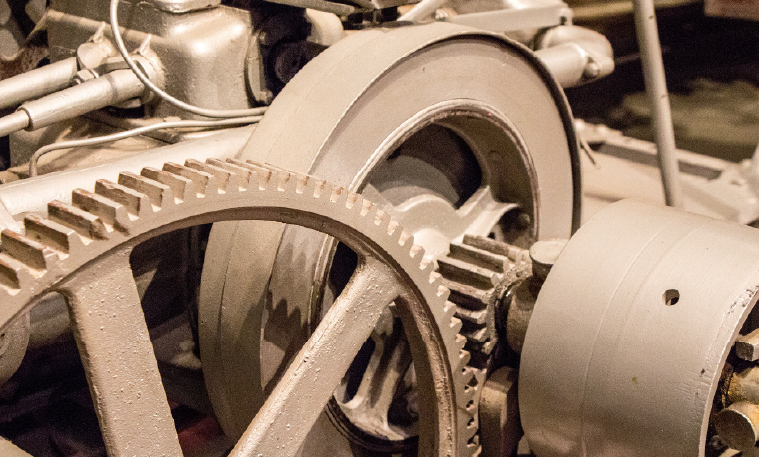Mobile:+86-311-808-126-83
Email:info@ydcastings.com
Weldable Steel Pipe Caps for Secure Connections and Pipe Protection Solutions
Understanding Weld-On Steel Pipe Caps A Comprehensive Guide
Weld-on steel pipe caps are essential components in various piping systems, designed primarily to seal the ends of pipes. These caps play a crucial role in ensuring the safety and efficiency of fluid transportation, making them indispensable in a wide range of industries, including oil and gas, water treatment, chemical processing, and construction.
What are Weld-On Steel Pipe Caps?
Weld-on caps are fittings that are specifically engineered to close off the ends of steel pipes. They are typically made from high-quality steel, offering durability and robustness. The welding process involves securing the cap to the pipe through welding, providing a strong, leak-proof seal that withstands high pressure and exposure to various chemicals.
Applications
The applications of weld-on steel pipe caps are vast. In the oil and gas industry, they are used to close off pipelines, preventing leaks and ensuring the safe transportation of hydrocarbons. In plumbing and sewage systems, these caps help in maintenance operations by allowing for easy access to the pipeline while controlling the flow of waste and liquids. Their use in construction projects is also notable, where they can prevent debris from entering open pipe ends and allow for better management of construction timelines.
Advantages of Weld-On Caps
1. Durability Weld-on steel pipe caps are highly durable, often featuring resistance to extreme temperatures and corrosion. This longevity minimizes the need for frequent replacements, ultimately leading to cost savings.
2. Pressure Resistance These caps can handle high-pressure environments, making them suitable for use in different sectors that require robust infrastructure to manage fluids and gases.
3. Leak Prevention The weld-on application provides a robust seal compared to threaded fittings or adhesives. This guarantees minimal chances of leaks, which is vital in preventing environmental contamination and maintaining operational efficiency.
weld on steel pipe caps

4. Versatility Weld-on steel pipe caps come in various sizes and dimensions, making them adaptable for different piping systems. They can be customized according to specific requirements of the project, enhancing their usability.
5. Ease of Installation While proper welding knowledge and skills are essential, the installation of weld-on caps is often more straightforward than other complex components. This simplicity can lead to reduced labor costs and faster project completion.
Installation Process
The installation of weld-on steel pipe caps should be performed by skilled professionals to ensure a strong and secure fit. The process generally involves the following steps
1. Preparation The pipe end must be cleaned and prepared to remove any rust, contaminants, or debris to ensure a proper weld.
2. Alignment The cap should be positioned correctly on the pipe. Careful alignment is crucial to prevent misalignment during the welding stage.
3. Welding With appropriate welding techniques—such as TIG (Tungsten Inert Gas) or MIG (Metal Inert Gas)—the cap is welded to the pipe. Each joint should be thoroughly checked for integrity.
4. Inspection Post-welding, a thorough inspection is imperative to check for any signs of weakness or areas that could lead to leaks.
Conclusion
Weld-on steel pipe caps are vital for maintaining the integrity of piping systems across multiple industries. With their durability, pressure resistance, and leak prevention capabilities, they contribute significantly to operational efficiency. Industries that prioritize safety and reliability in their piping systems will find weld-on caps to be an invaluable component. As technology advances, the design and manufacturing of these caps continue to evolve, further enhancing their functionality and application in modern engineering projects.
-
Why Should You Invest in Superior Pump Castings for Your Equipment?NewsJun.09,2025
-
Unlock Performance Potential with Stainless Impellers and Aluminum End CapsNewsJun.09,2025
-
Revolutionize Your Machinery with Superior Cast Iron and Aluminum ComponentsNewsJun.09,2025
-
Revolutionize Fluid Dynamics with Premium Pump ComponentsNewsJun.09,2025
-
Optimizing Industrial Systems with Essential Valve ComponentsNewsJun.09,2025
-
Elevate Grid Efficiency with High-Precision Power CastingsNewsJun.09,2025











